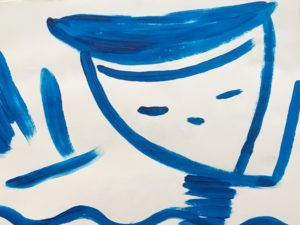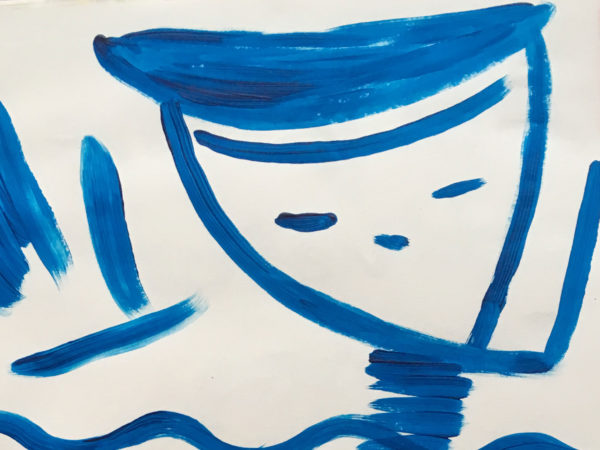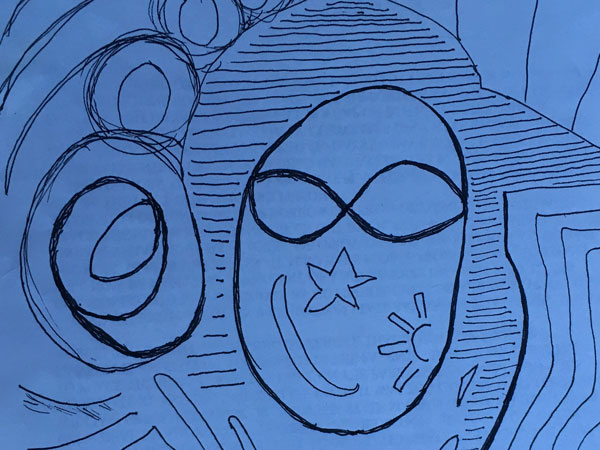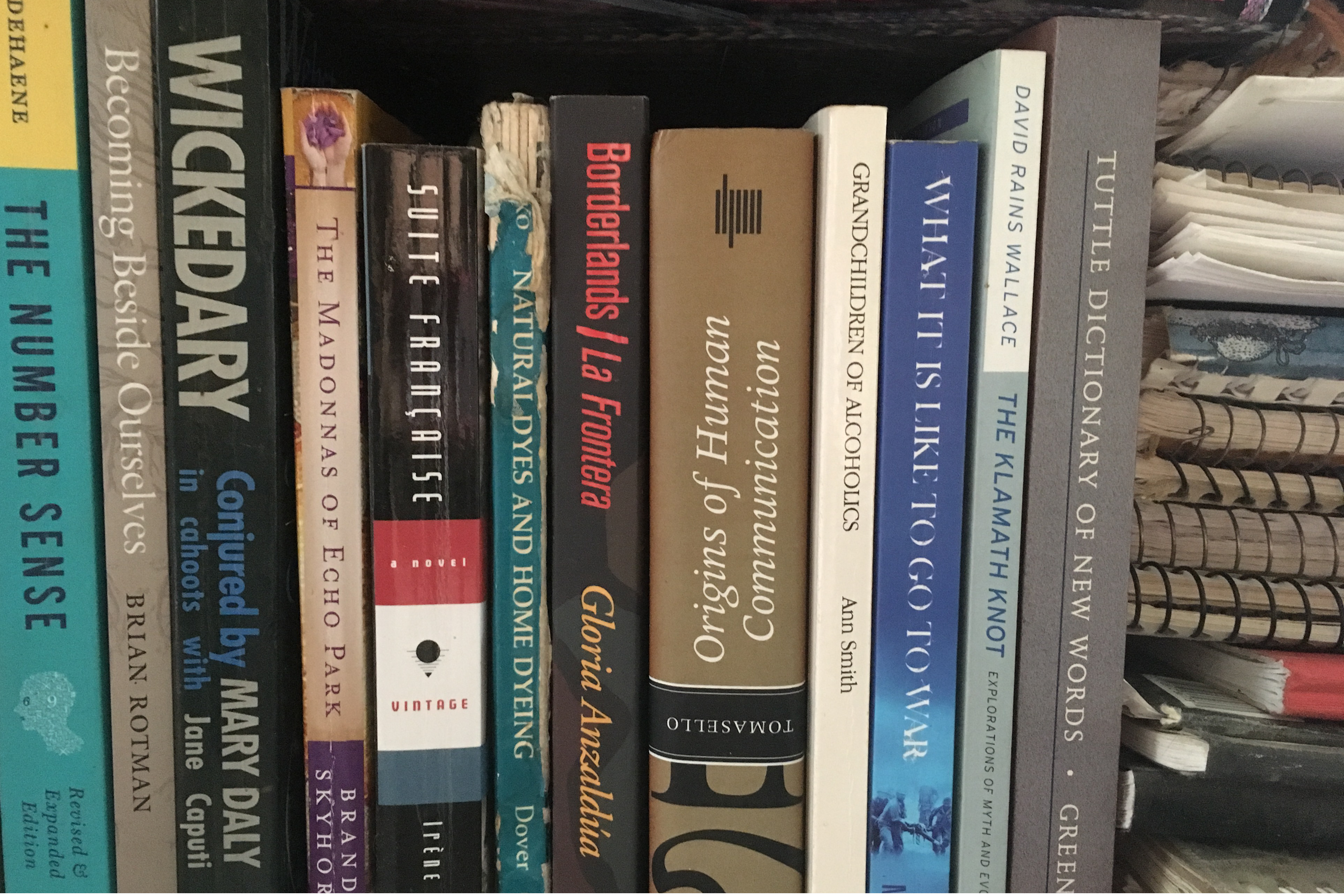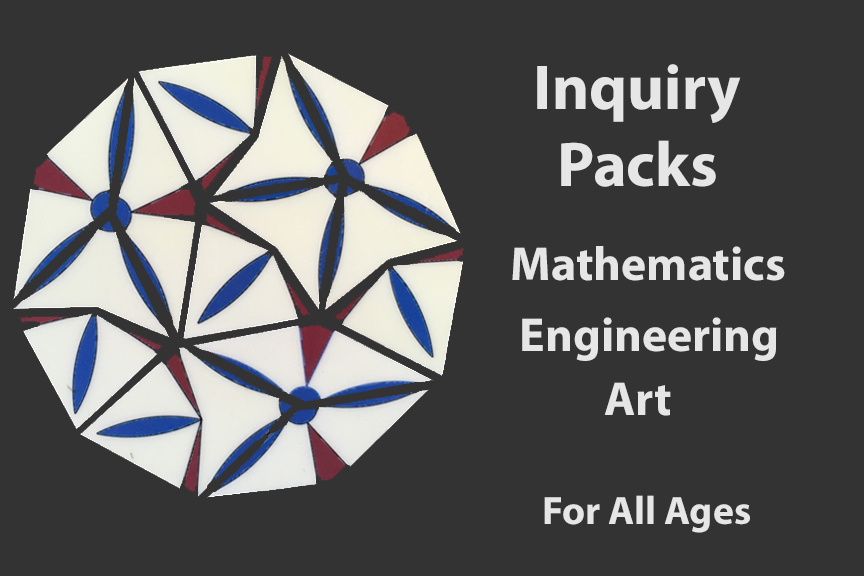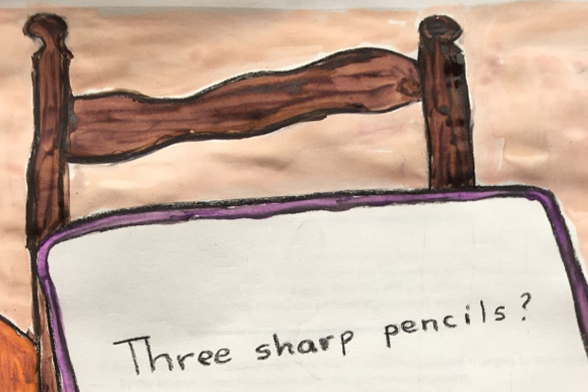Humans love to learn. Think of the ripple of delight that runs through you in the aha! moment of making a new connection, or the slow build of excitement you feel as you come closer and closer to solving a puzzle.
Throughout my career as an educator I have worked alongside students, teachers, scientists, artists, and engineers. Critical At Any Age is my effort to share what I have enjoyed learning in these collaborations.
Sometimes, learning can seem like an activity of the mind, but I believe that the best learning takes place with the engagement of the whole body. I also believe that the most exciting and creative learning is driven by questions that arise from the student’s own mind. To that end, I am hard at work on Inquiry Packs, downloadable collections of activities that promote the kind of thoughtful questioning that fuel learning and discovery.
The first task in each Inquiry Pack is to make something, using materials that are free or inexpensive. Then comes a process of observing, questioning and predicting, with lots of encouragement to tease connections and understanding from the materials at hand.
Inquiry Packs can be used by learners of all ages: children and their caregivers, teachers in their classrooms, students seeking independent study projects, and anyone who thinks that making things and experimenting with them can be fun. People are encouraged to articulate what they figure out, inventing language if they need to. Motivated learners can find themselves pursuing lines of inquiry that lead to questions that stump scholars and experts even today.
The first Inquiry Pack coming down the pike will be a study of a simple enough figure: the Equilateral Triangle. (An equilateral triangle is a triangle whose sides are all the same length.) The inquiry begins with a simple challenge: what’s the biggest equilateral triangle you can cut from a regular sheet of blank paper? Over a series of lessons, students make equilateral triangles and assemble two- and three-dimensional objects out of them. Students are encouraged to observe patterns by arranging triangles and coloring them. Questions and difficulties will arise. Students will play with ideas from fields like geometry and group theory in mathematics, and a whole host of topics in computer science.
I hope that children, their parents and grandparents, teachers, grown-up students, and all inquisitive people can set fire to their curiosity and creativity in these pages.
Learning new things and making new connections keeps your mind healthy and makes it grow.
Learning is the opposite of boredom.
